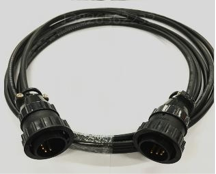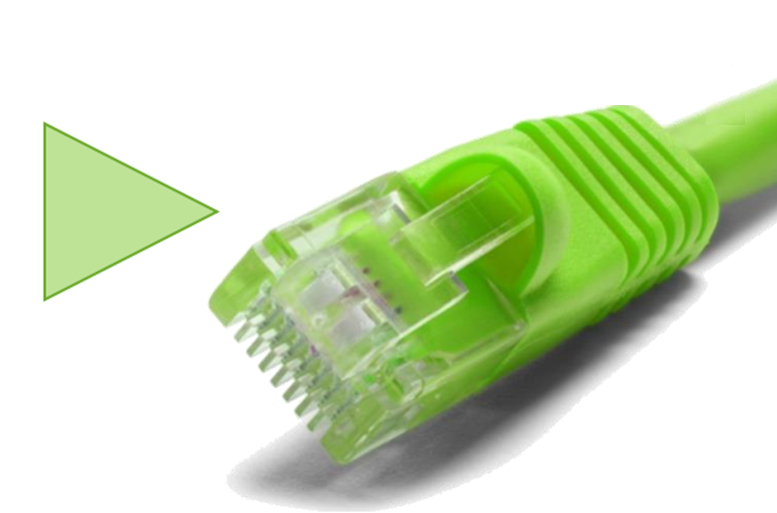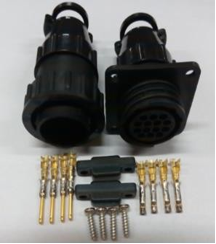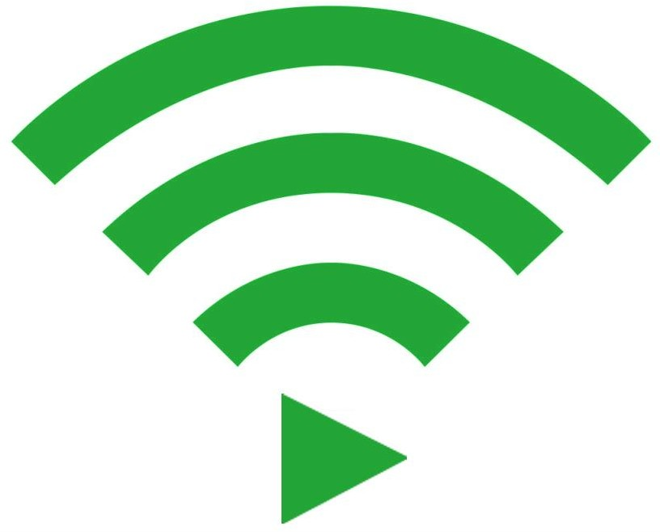Overview
The Hermes communication protocol is used to handle circuit board transmission and related data on surface mount technology (SMT) production lines. As an upgrade and replacement for the SMEMA protocol, it is primarily used for information transmission between adjacent machines (M2M) and uses TCP for connections.
Function
1. The entire line features intelligent automatic or step-by-step width adjustment.
2. Comprehensive digital monitoring equipment facilitates integration with the MES.
3. The entire system utilizes a servo drive and closed-loop step-by-step width adjustment, ensuring high precision and reliable transmission.
4. The entire line utilizes Ethernet communication, compatible with the IPC-HERMES-9852 communication protocol.
Differences Between Software and Hardware
Traditional SMEMA configuration Hermes standard: (Ethernet cable transmission)


Traditional SMEMA configuration Hermes standard: (wireless transmission)


Advantages of Hermes Over Traditional SMEMA
- Multiple cable types. There are at least four different types of cables: plug, plug-and-socket, plug, and pin.
- Because of the specialized hardware required, they are quite expensive.
- Each machine’s connection needs to be checked to get the correct cable.
- Additional information needs to be modulated onto the hardware signal.
- No universal system exists to store this additional information across multiple machines.
Why is the Hermes Standard a Better Solution?
- Protocol-based, not signal-based: Easy to adapt, easy to expand, and easy to integrate. More information.
- Standard components, not custom requirements: Cables, connectors, and interfaces are inexpensive and readily available.
- Integrated data management and separation: Consistent board and data distribution.
Standardized M to M Interface Through Hermes Standard:
The production line only needs to identify the board (barcode scan/RFID reading, etc.) once, usually at the beginning:
- A universal communication backbone ensures smooth operation even on mixed-brand equipment lines.
- A product-centric approach controls complexity.
- Board IDs can be read to track boards along the entire production line.
- An open protocol adapts to future needs.
- A standard Ethernet interface reduces installation costs and effort.
| Serial number | SMEMA | According to Hermes standard (1.0) | |
| 1)Scenario definition in the agreement | The following undefined error scenarios occur:
For example, a signal is present on the PCB, but it does not arrive because the “PCB Arrived” signal is missing. |
|
|
| 2)Dealing with defective cables |
|
|
|
| 3)Hardware installation work |
|
|
|
| 4)Synchronize PCB data and transfer information |
|
|
|
| 5)Flexibility to change line configuration | Specific cable lengths are necessary, so any changes in line configuration will result in new wiring. | Standard Ethernet cable: Easy to use and doesn’t require a specific length. |
Line Change Efficiency: Tradition: SMEMA VS Upgrade: Hermes
Tradition: SMEMA
1. Line Change Time: ≈20 minutes
Requirements:
1. Based on furnace equipment
2. Number of equipment: 11 (main equipment + peripheral equipment)
3. Line Change Manpower: 6 (1 person for every two pieces of equipment)
4. Peripheral Equipment Width Adjustment Method: Manual
Upgrade: Hermes
1. Line Change Time: ≈8 minutes
Requirements:
1. Based on furnace equipment
2. Number of Equipment: 11 (main equipment + peripherals)
3. Line Change Manpower: 4 (Hermes QR code scanning for automatic width adjustment)
Cost Description
| Tradition SMEMA | Upgrade Hermes |
| Hardware: No increase (manual width adjustment) | Industrial Control + Communications + Device Hardware
Software Development (One-click automatic bandwidth adjustment) |
In Summary
the Hermes communication protocol is used to handle circuit board transmission and related data on surface mount technology (SMT) production lines. It has been upgraded to use the TCP protocol for connections, transforming data into valuable information. The raw data is then processed and presented to the observers and decision-makers who need it.
Hermes achieves digital transmission:
1. Standard Ethernet cables: Easy to use, reduces wiring, and improves reliability.
2. Eliminates the need for separate SMEMA cables.
3. When data is transmitted along with switching messages, synchronization is not required, and timing issues are eliminated.
4. Enables data transmission between different vendors.
5. Integrated data management.
6. Compared to traditional SMEMA transmission, it reduces line changeover time, saving approximately 12 minutes per line changeover.
